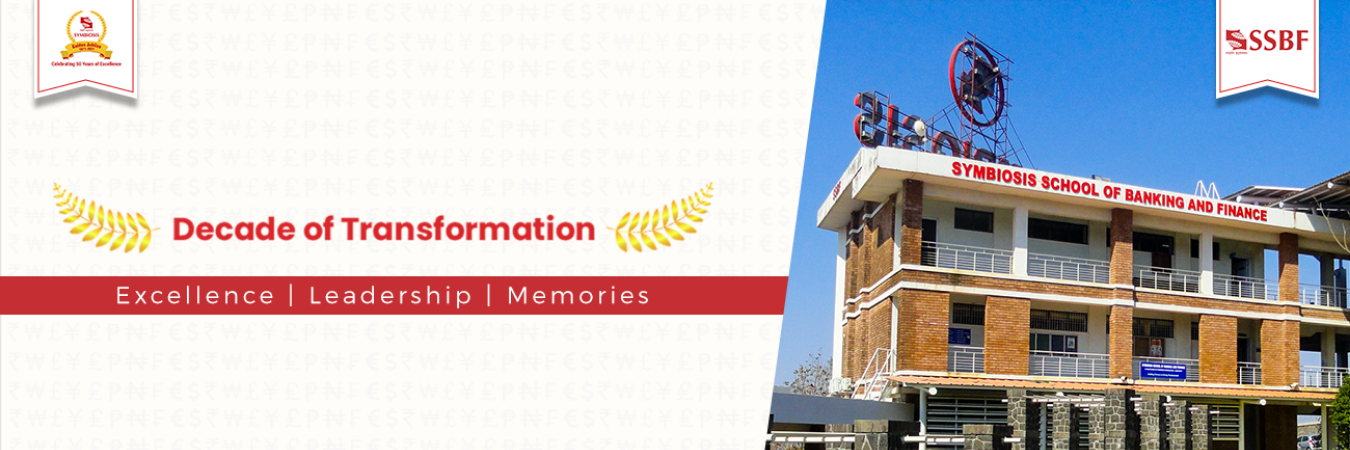
One of the most rousing developments over the last decade has been the rise of branchless banking. The benefits it brings with itself are ample. It prioritises the customer’s convenience by creating a branch right in the customer’s pocket, along with personalisation through tailoring, and leads to building deeper connections with the customers, for an industry that heavily relies on trust and relationship.
The barriers that traditional banking brings with itself are many, ranging from outlying branches to rigid timings to overwhelming bureaucracy. With branchless mode, these limitations flee away leading to democratisation of banking.
The low set-up and overhead costs allow banks to reach their customers quickly, serving their needs faster. The benefits of this reduction of expenditure pass on to the customers. Banks are able to redirect the funds that were formerly allocated to the obsolete processes — to expand the range of the services offered, and to build more resilient systems that their customers can rely on.
Branchless banking was essentially meant to enhance the customer experience by doing away with the need to visit the branch for banking operations, by alternating it with access to all banking services online using internet and mobile banking. However, in India, it plays a greater and critical role of financial inclusion; or simply said, providing banking services through reaching remote locations and difficult terrains to those who need these services the most.
Like most developing nations, India has made financial inclusion a priority. To achieve it in rural areas, business correspondents help villagers open bank accounts, eventually opening them up to a plethora of financial services. In the urban areas, the usage of banking services by people has shot up with the use of branchless mode, as it exposes them to more banking avenues.
The new model of “Payments Banks” conceptualised and implemented by the Reserve Bank of India has also contributed immensely to increase the penetration level of financial services, and spread the payment and financial services in a secure technology driven environment.
As more and more people are setting up their first bank accounts, creating long-term saving and investment plans, and accessing the help they need to better their lives — we can expect a transformation in the coming decade, with a drastic shift in our thinking patterns, as digital experiences get integrated into our daily lives.
With the seamless experience of branchless banking, a cultural shift will make its way: in the way we think and use our money leading to better fortunes, as we capitalise on these services and build businesses, strengthen family finances, or even start thinking about money for the first time in our lives.
Branchless banking could be the boon that creates a just society that democratically disburses the much-needed financial services.
Sakshi Bajaj





